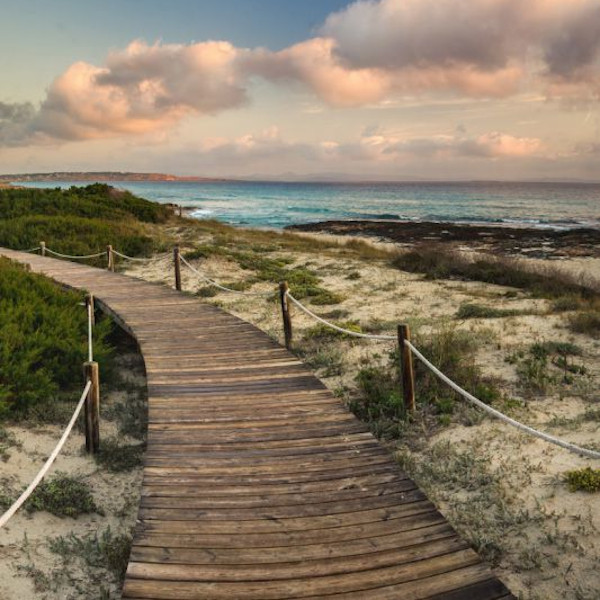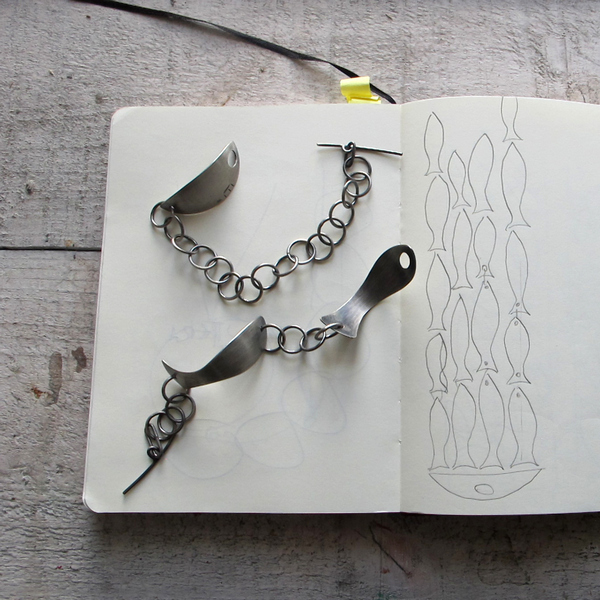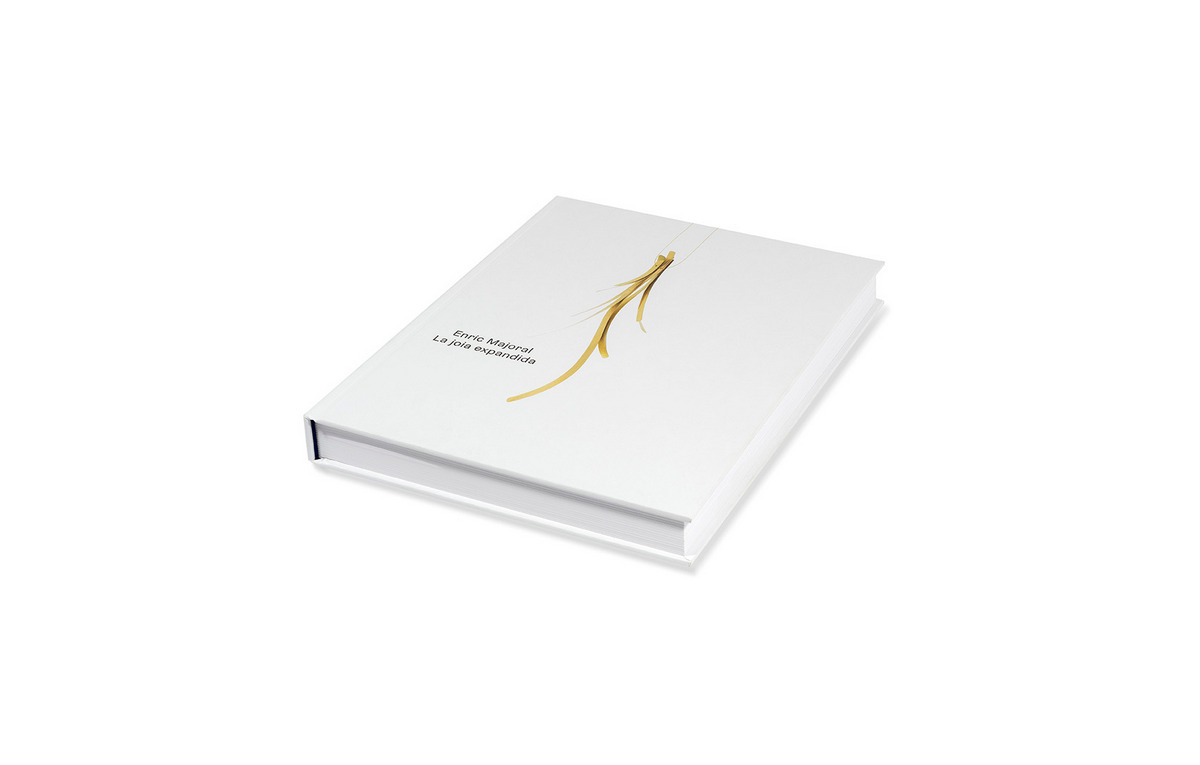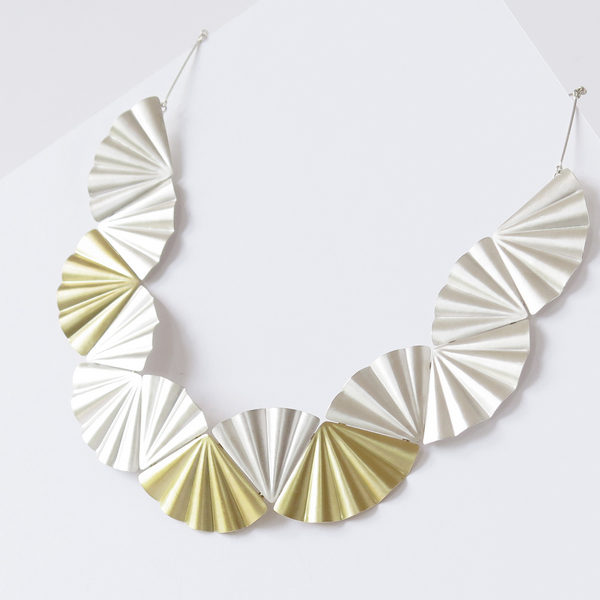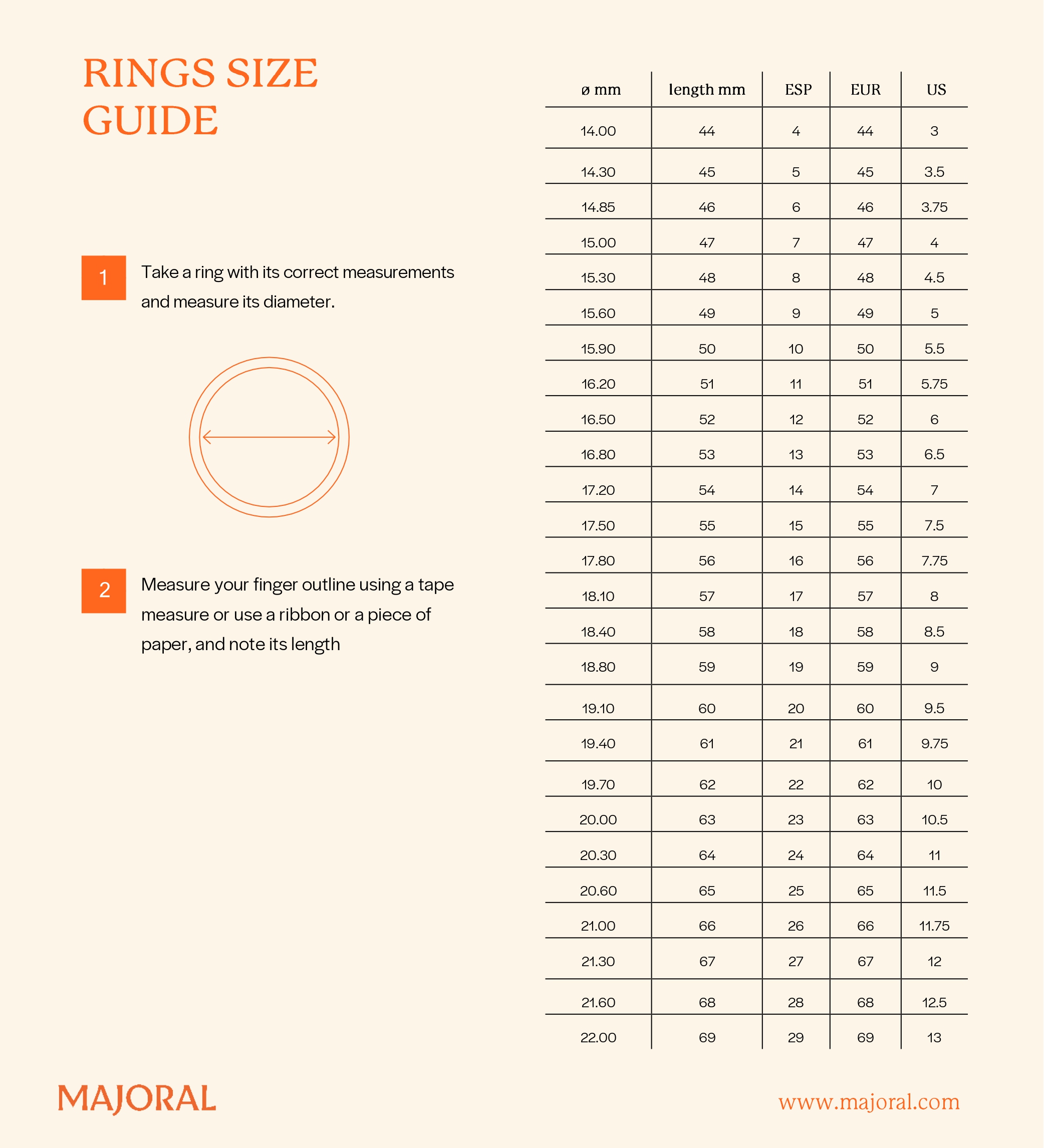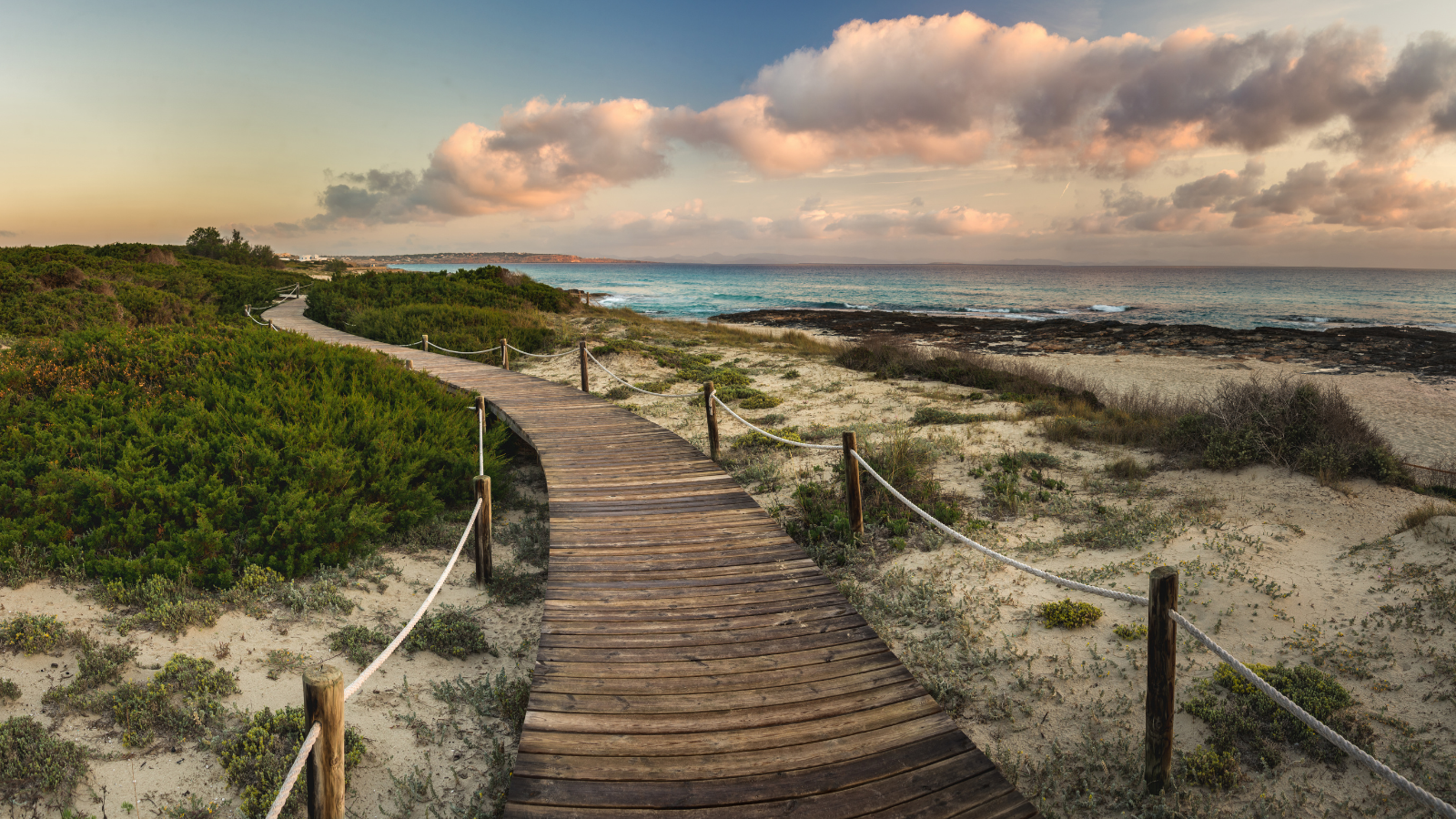
Jewellery in the Balearic Islands
Jewellery in the Balearic Islands has always been a distinctive cultural reality, forming part of all the important ceremonies. Since Antiquity, it has been an important element in the society of the islands, from prehistoric times to the Christian conquest. Jewellery later became popularised and formed part of society, becoming an integral part of festivals and traditions. The work of goldsmiths and artisans from the Balearic Islands became well known and was exported across the world.
At Majoral (https://www.majoral.com/eshop/es/) we feel part of all this history, which is why in this article we are going to tell you about the history of jewellery in the Balearic Islands, the traditional jewellery in Mallorca and in Ibiza.
A little history
We can find examples of jewellery in the Balearic Islands from prehistoric times and from the different dynasties of the Roman epoch, all conserved in the Museum of Archaeology of Eivissa and Formentera and in the Museum of Mallorca. However, one of the pieces that without doubt stands out above the rest is the Tresoret Almohade from the Islamic period of the Balearic Islands. It is an item comprising a total of 209 pieces, from which stand out the two gold earrings that all the experts praise as fundamental elements of jewellery from the Al-Andalus period. The importance does not only lie in the highly valuable items of jewellery, but also in their historical value, since it shows elements of clear cohesion with the artistic tendencies of the Kingdom of Granada. Which in turn shows a common thread of Islamic art on the Iberian Peninsula.
This treasure was found in a small vase in a cave on the outskirts of Costitx and the pieces produced have been dated around 1200 AD thanks to some coins that were in the same vase. After the Christian conquest in the 13th century, above all else we find jewellery linked to the religious sphere: crucifixes, rosaries, True Crosses… From the 17th century, the nobility began to wear this jewellery in public acts and in paintings, and that is how the family jewels became a fundamental part of the jewellery of the Balearic Islands. According to Elvira González and Magdalena Riera, “the Balearic Islands were not only a receptive subject, but, due to a series of specific conditions (excellent artisans from the Jewish tradition and powerful merchants), it became at the same time an important producer and exporter”.
Typical Mallorca jewellery
We can find many types of jewellery in the Balearic Island. However, the experts agree in classifying these family relics as typical. They are items of jewellery from Mallorca and were used above all in clothing.
Braid
Braid is made up of chains of gold formed by flat, interlinked rings. This jewellery has a clear oriental influence from the ships that came from the Philippines in the 16th century, which transported a very similar type of adornment. This adornment was hung around the waist or the neck over and again and could reach up to 3 metres in length. Quarter and half parts of braid were also bought.
Buttons
The majority of dresses had 24 buttons, although suits have been found with as many as 40 or 50 buttons. Over the years, buttons have passed as family relics and were shared amongst the heirs. Today we can find many of these buttons turned into rings or necklaces. They were normally made of gold and with adornments of Vic stone. There were many types of button: filigree, artichoke, golden rose, giant, mourning or semi-mourning…The crown of Our Lady of Health of Mallorca is decorated with buttons donated by people from the island.
Rosaries
The baixos del rosari or necklaces are ornamental pieces that finished off the religious prayer beads. Many of them were made in glass and are very interesting since they represent scenes from the Bible in much detail. The level of work of these rosaries was very high and shows the quality of the jewellery of the Balearic Islands.
Crosses
A great number and variety of crosses are conserved as family relics, but above all two types: the Maltese cross and the cross called the Calatrava cross in Mallorca. The Maltese cross became popular due to the close relationship between Mallorca and the order of knights of Saint John of Malta. Initially it was used to distinguish the knights, but ended up developing into a piece of jewellery lacking the original meaning. The Calatrava cross of Mallorca is in reality of the Dominican Order. They are similar and this leads to the confusion in its name.
Typical Ibizan jewellery
The jewellery of the Balearic Islands has always been closely related to clothing. The case of Ibiza is no exception and it is in its traditional costumes where we find the main part of ornamentation.
The emprendada
The emprendada is a part of traditional Ibizan dresses. It is made up of threads of braid occupying all the chest area and supported by decorated silver needles, a cross with filigree and coral details, precious stones or mother-of-pearl and the piece of jewellery (a relic with the image of the Virgin). Another type of emprendada is made with gold instead of silver, and also made up of rings of braid. The whole piece is completed by rings on all the fingers except the thumb. Finally, the piece is finished off with the buttons and earrings. The custom was that the girls received their first emprendada on the first communion and often formed part of their dowry. In this sense, it was common for the groom to give his wife 24 rings in order to demonstrate his wealth.
Ibizan jewellery also has masculine pieces. Among them feature the little bells hung over the jupetí, a type of waistcoat, which were also made of filigree.
At Majoral we follow the steps that all the artists dedicated to jewellery in the Balearic Islands undertook so many years ago. The materials we use and the traditional way of working aims to continue in wake of all these people and items of jewellery that preceded us and which have inspired us so much.


